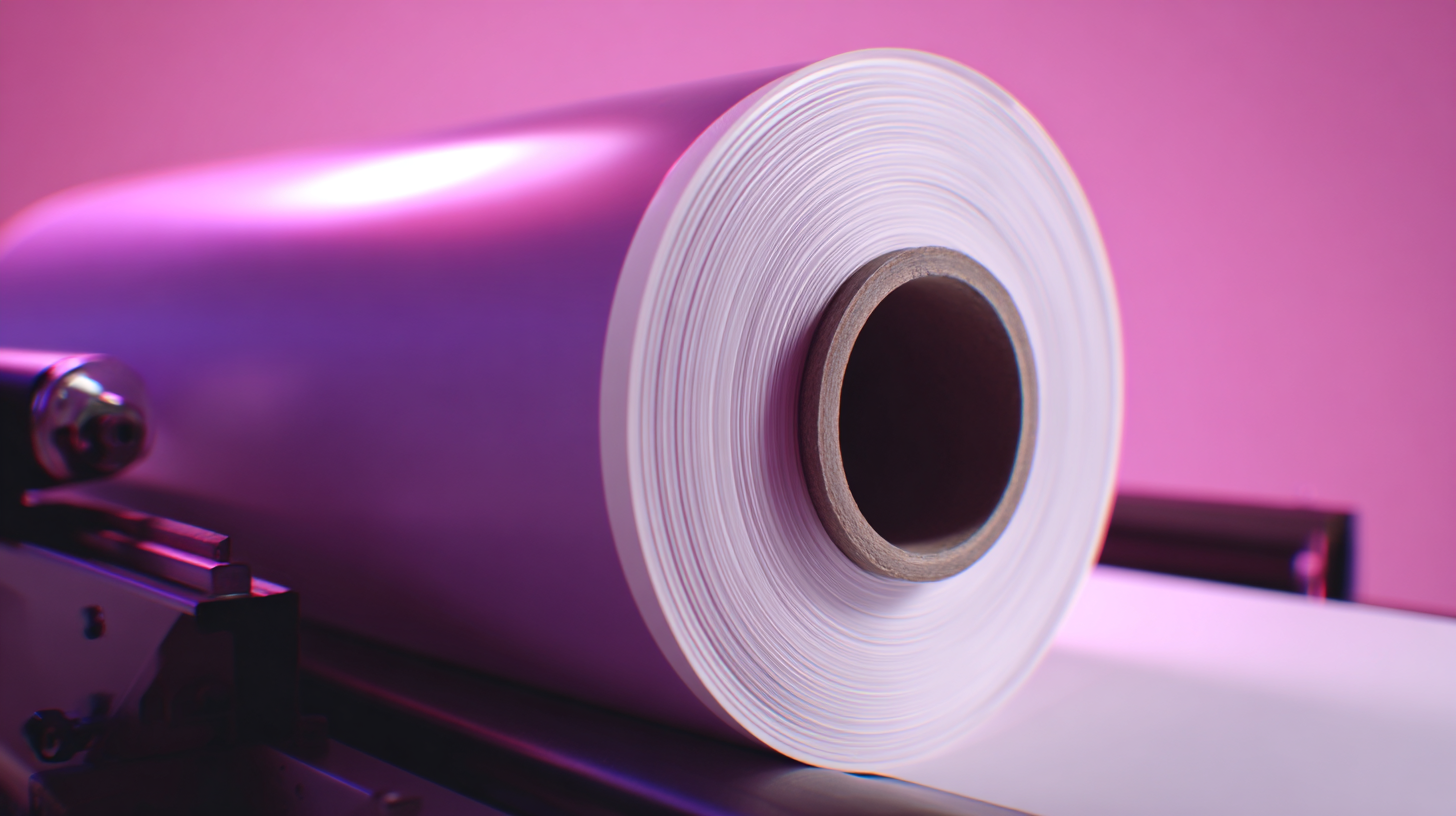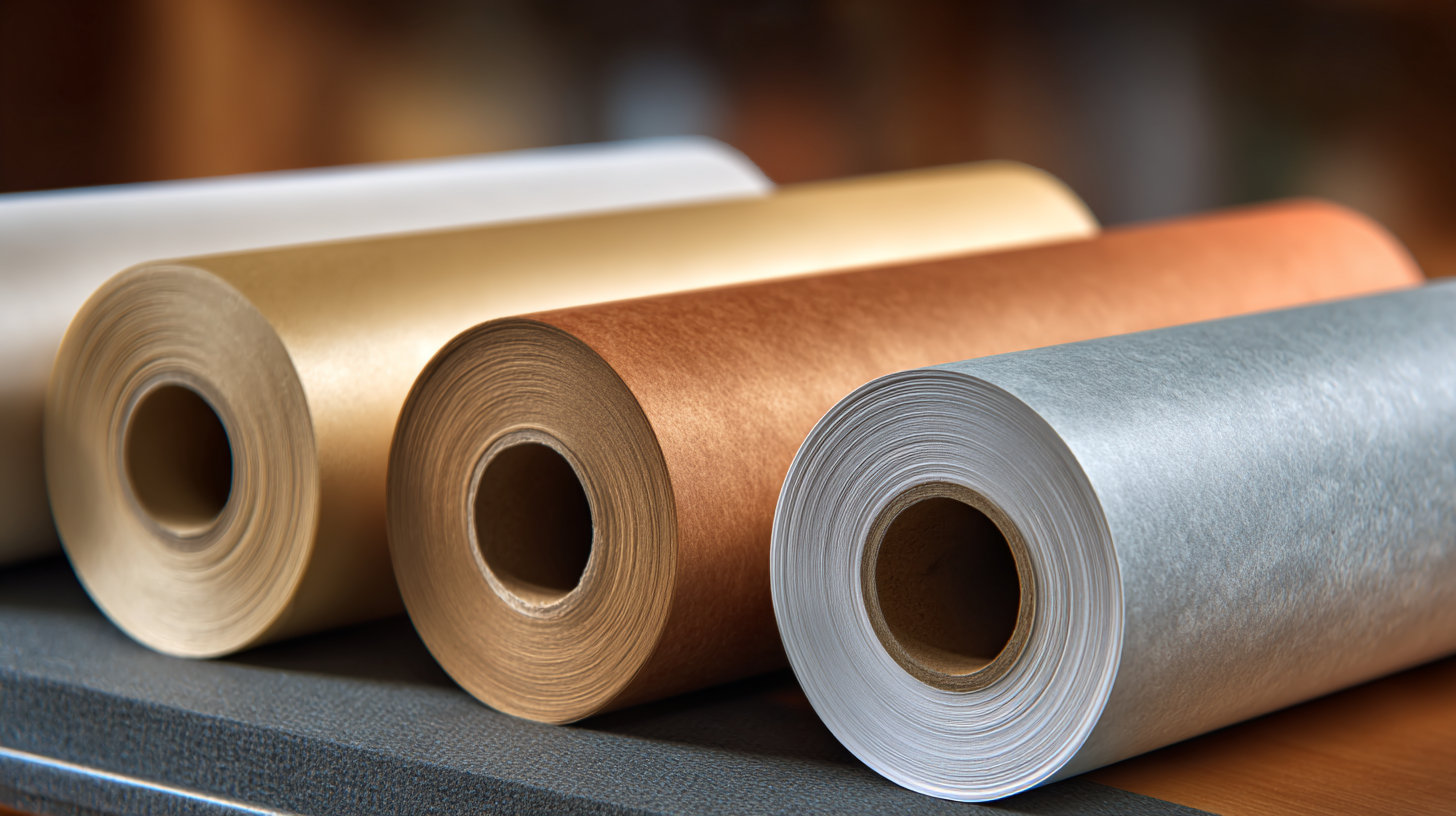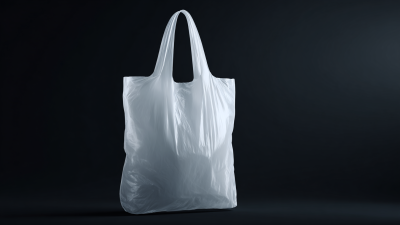- Phone:+86 15218629499
- Phone: +86 15766990063
- E-mail: Yzprinting01@163.com
In the fast-evolving world of business, the significance of Packaging Printing cannot be overstated. As companies seek to stand out in a competitive marketplace, the choice of appropriate packaging techniques plays a crucial role in branding, product appeal, and customer satisfaction. With an array of options available, understanding the nuances of various printing methodologies can empower businesses to make informed decisions that align with their specific needs and objectives.
Selecting the right Packaging Printing method is not merely a cosmetic choice; it directly influences the perception of your product and ultimately, the buying decisions of consumers. Whether you opt for digital printing, flexography, offset printing, or another technique, the implications of your choice extend to factors such as cost, turnaround time, and sustainability. This guide aims to provide insights into the essential criteria for evaluating different packaging printing options, ensuring that your business can effectively leverage packaging as both a functional and marketing tool.

In a landscape where first impressions matter, the right packaging can set the tone for consumer experiences. By exploring the best types of packaging printing that resonate with your business needs, you can enhance your product's visibility and appeal, craft a compelling brand narrative, and foster long-lasting customer relationships. Join us as we delve into the world of Packaging Printing and discover how to elevate your brand through strategic packaging choices.
As businesses navigate the evolving landscape of packaging, understanding the various printing techniques available in 2025 becomes crucial. The global packaging printing market, valued at USD 352.1 billion in 2020, is projected to soar to USD 433.4 billion by 2025. This growth highlights the increasing importance of sophisticated packaging solutions that meet diverse consumer demands.
One notable technique gaining traction is electrophotography printing. With a market worth USD 26.5 billion in 2025, it is anticipated to rise to USD 57.1 billion by 2035. This technology offers high-quality outputs and versatility, making it suitable for businesses seeking efficient short-run production and customization options. As sustainability remains a priority, choosing the right technique will not only enhance brand identity but also align with eco-friendly practices.
In an era where consumers expect both quality and sustainability, businesses must carefully evaluate their packaging printing options. Understanding the implications of various techniques, like electrophotography, can provide a competitive edge and foster growth in a rapidly expanding market.
| Printing Technique | Best For | Cost | Output Quality | Speed |
|---|---|---|---|---|
| Flexography | High-volume packaging | Medium | Good | Fast |
| Digital Printing | Short runs and custom designs | High | Excellent | Moderate |
| Offset Printing | Large volume orders | Medium to Low | High | Moderate |
| Litho Label Printing | High-quality labels | Low to Medium | Very High | Slow |
| Screen Printing | Textiles and specialty items | Medium | Good | Variable |
When selecting packaging printing techniques, understanding your product's specific requirements and your target audience is crucial. According to a study from Smithers Pira, over 60% of consumers consider packaging when making a purchase decision, highlighting the importance of visual appeal and functionality. For example, luxury items may benefit from high-quality finishes such as foil stamping or embossed elements that resonate with a premium market, while eco-conscious audiences might prefer sustainable packaging solutions, such as biodegradable materials, which 73% of millennials are willing to pay more for.

In addition to aesthetics, packaging should also align with the practicality and functionality needed for the product. Reports indicate that 70% of consumers prefer packaging that is easy to open, indicating that design should also focus on user-friendly features. Understanding the demographics and preferences of your target audience can help you make informed choices about materials and printing techniques. For instance, digital printing allows for shorter runs and greater customization, which can be a significant advantage for brands looking to engage niche markets with unique designs and messages tailored to their specific consumers.
When selecting packaging printing techniques for your business, cost analysis plays a critical role in achieving the right balance between quality and budget. Different printing methods, such as flexography, digital, or offset printing, come with varying costs that can impact not only the bottom line but also the quality of your product's presentation. For instance, while digital printing may offer lower setup costs and faster turnaround times, it may not be the most economical choice for high-volume production runs. Therefore, businesses should evaluate their specific needs, including quantity, design complexity, and material choices, to determine which method aligns with their financial parameters.

Moreover, investing in quality packaging can enhance brand perception and customer satisfaction, making it essential to consider long-term benefits against immediate expenses. While opting for lower-cost printing techniques may save money initially, it could lead to higher rework rates or increased consumer returns if the packaging does not meet quality standards. Conducting a thorough cost-benefit analysis and considering factors such as durability, sustainability, and aesthetics will enable businesses to make informed decisions that ultimately support their overall objectives and enhance their market competitiveness.
In recent years, sustainability has become a critical factor in choosing packaging printing techniques for businesses. For instance, the paper straw market is projected to witness significant growth, with its value estimated at $71.93 million in 2023 and expected to reach $86.04 million in 2024, ultimately soaring to $360.45 million by 2032. This rapid increase underscores the demand for eco-friendly alternatives in packaging solutions, reflecting a growing consumer preference for sustainable products.
Similarly, the market for polypropylene (PP) synthetic paper, valued at $1.25 billion in 2022, is anticipated to grow from $1.34 billion in 2023 to $2.5 billion by 2032. These trends highlight an increasing inclination toward sustainable materials that not only meet functional needs but also align with environmentally conscious practices. As businesses assess their packaging options, leveraging sustainable printing techniques will be vital in both meeting regulatory requirements and appealing to eco-aware consumers.
As businesses navigate the rapidly evolving landscape of packaging printing technology,
staying abreast of future trends
is crucial for maintaining competitive advantage. A report by Smithers Pira predicts that the global packaging market will reach
approximately $1 trillion by 2025,
implying that advancements in printing techniques will play a pivotal role in meeting shifting consumer demands.
Innovations such as digital printing and sustainable packaging solutions are at the forefront,
with digital printing expected to grow at a CAGR of 13% from 2020 to 2025.
This surge can be attributed to the increasing demand for customization and shorter production runs that digital technologies facilitate.
Sustainability is another key trend shaping the future of packaging printing.
According to a study by Allied Market Research, sustainable packaging is projected to grow significantly, potentially exceeding
$500 billion by 2028. This shift aligns with global commitments to reduce plastic waste
and enhance eco-friendliness. Brands that adopt biodegradable inks and recyclable materials not only appeal to environmentally conscious consumers
but also comply with stringent regulations. Therefore, choosing the right packaging printing technique will not only support business needs but also
future-proof operations against growing market expectations and regulatory pressures.






